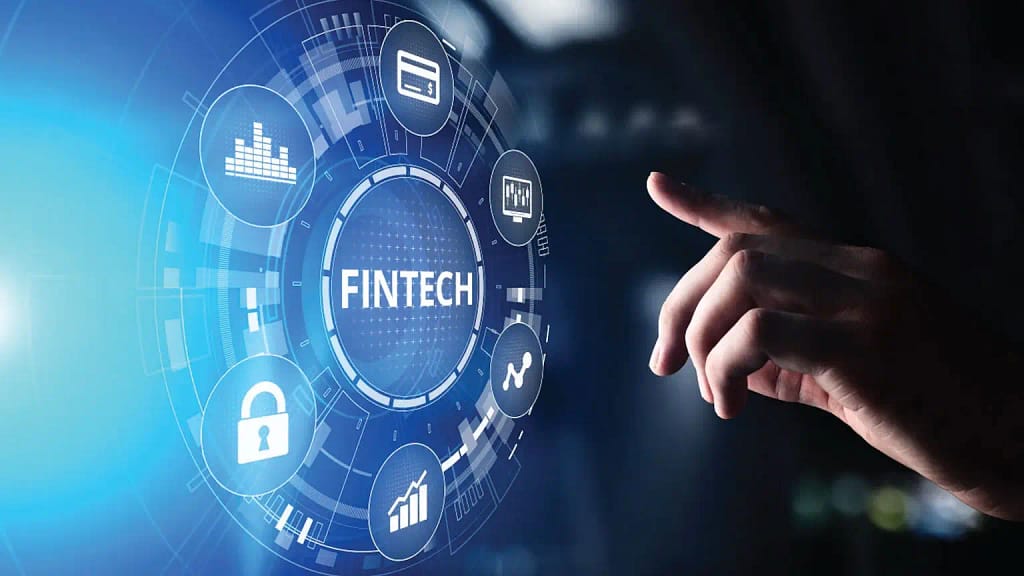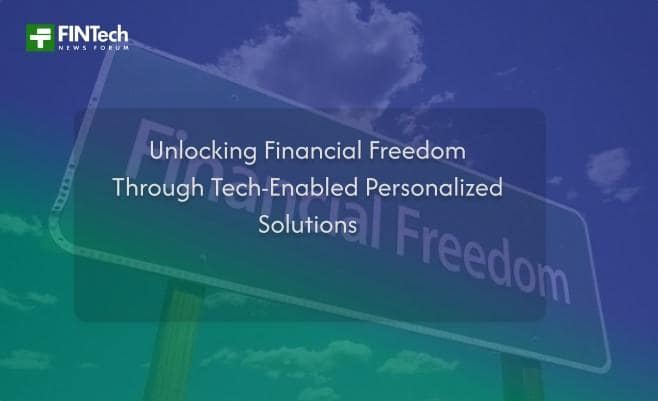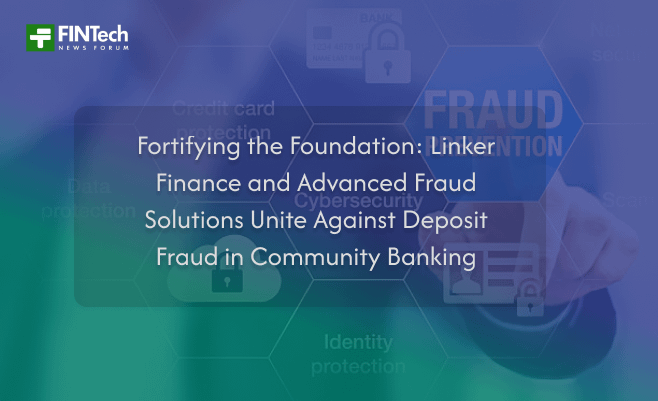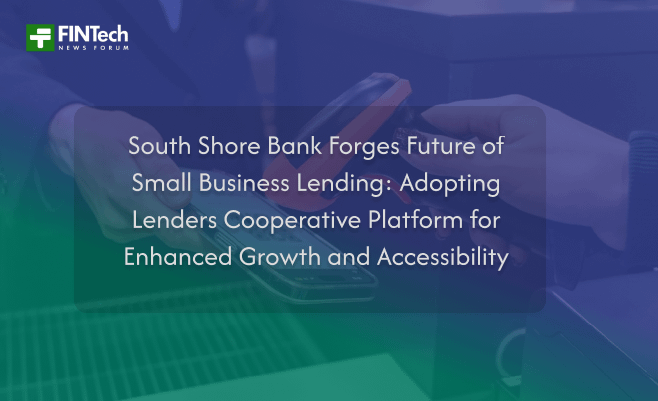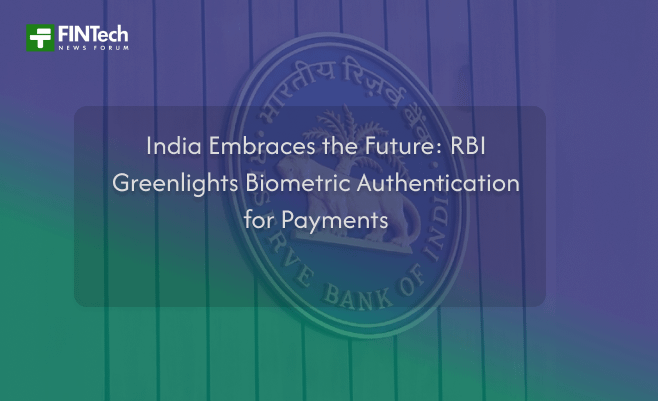
The digital payment landscape in India has been nothing short of revolutionary. From the ubiquitous UPI to mobile wallets, the nation has embraced cashless transactions with unparalleled zeal, transforming daily commerce. Yet, with this rapid expansion comes the inherent challenge of ensuring robust security and seamless user experience. PINs, passwords, and OTPs, while foundational, often present friction points and vulnerabilities.
In a landmark decision poised to redefine the contours of digital finance, the Reserve Bank of India (RBI) has officially approved the implementation of biometric payment authentication technology. This isn’t just a regulatory nod; it’s a strategic leap forward, signaling India’s commitment to leveraging cutting-edge technology for enhanced security, unparalleled convenience, and broader financial inclusion. The move is expected to usher in a new era of trust and efficiency, bringing the future of payments directly to the fingertips – or indeed, the faces and irises – of millions.
The Imperative for Enhanced Security in a Digital-First India
India’s digital payment ecosystem is a vibrant, bustling marketplace. Driven by government initiatives, fintech innovation, and a young, tech-savvy population, transaction volumes have soared to unprecedented levels. While this growth is commendable, it has also attracted the attention of fraudsters, making cyber security a paramount concern for both regulators and consumers alike.
Traditional authentication methods, relying on “something you know” (like a PIN or password) or “something you have” (like a debit card or phone for OTPs), carry inherent risks. Passwords can be forgotten, guessed, or phished. OTPs, while a significant improvement, still rely on a separate device and can occasionally be intercepted through sophisticated social engineering attacks. The sheer volume of digital transactions, coupled with the increasing sophistication of cyber threats, has created an urgent need for more robust, yet equally user-friendly, security mechanisms. Consumers need to feel unequivocally safe when transating, and the current system, while largely effective, has room for improvement in guarding against evolving threats and reducing friction. This need for a more intuitive, secure, and resilient authentication layer is precisely what biometric technology promises to address.
Decoding Biometric Authentication: What It Means for Payments
Biometric authentication refers to verifying an individual’s identity based on unique physiological or behavioral characteristics. Unlike passwords or PINs, which can be shared, stolen, or forgotten, biometric data is inherently tied to the individual, making it far more difficult to compromise. The most common forms include:
- Fingerprint Recognition: The most widely adopted biometric, utilizing the unique ridge patterns on an individual’s fingertip.
- Facial Recognition: Analyzing unique facial features and contours for identity verification.
- Iris Recognition: Scanning the intricate patterns of the iris, often considered one of the most accurate forms of biometrics.
- Voice Recognition: Identifying individuals based on their unique voice patterns and inflections.
When applied to payment authentication, the process typically involves enrolling a user’s biometric data with a financial institution or payment service provider. During a transaction, instead of entering a PIN, the user simply presents their biometric (e.g., placing a finger on a sensor, looking at a camera). The system then compares the live scan with the stored template to verify identity and authorize the payment. This “what you are” factor adds a powerful layer of security, creating a seamless and virtually unbreakable link between the user and their transaction. The inherent uniqueness and non-transferability of biometric data fundamentally elevate the security posture of digital payments.
The RBI’s Vision: Balancing Innovation with Security
The RBI, as the nation’s central banking institution and primary financial regulator, operates with a dual mandate: fostering innovation in the financial sector while simultaneously ensuring its stability and protecting consumer interests. Its approval of biometric authentication is a testament to its forward-thinking approach, recognizing the transformative potential of such technology while meticulously evaluating its implications.
This approval is not a carte blanche; it comes with an implicit understanding that robust guidelines, stringent security protocols, and comprehensive data privacy measures will be integral to its implementation. The RBI will likely oversee the establishment of clear standards for biometric data capture, storage, encryption, and usage. Emphasizing consent, data minimization, and the right to revoke biometric data will be crucial. Furthermore, the central bank will likely encourage a phased rollout, possibly starting with pilot programs to test the efficacy and security of various biometric solutions in real-world scenarios before widespread adoption.
The timing of this approval is also significant. With India pushing for greater financial inclusion and digital literacy, a simpler, more intuitive authentication method like biometrics can significantly lower the entry barrier for millions, especially those who struggle with traditional alphanumeric passwords or remembering complex PINs. The RBI’s move reflects a strategic foresight to build a payment infrastructure that is not only robust and secure but also accessible and user-friendly for every segment of the population.
A Multitude of Benefits for India’s Digital Economy
The implications of biometric payment authentication extend far beyond mere convenience, promising a paradigm shift across various facets of the Indian economy:
- Unprecedented Security: Biometrics dramatically reduce the risk of fraud. Unlike passwords or PINs, which can be stolen, guessed, or written down, biometric data is incredibly difficult to replicate or compromise. This offers superior protection against phishing, spoofing, and other forms of cyber theft, instilling greater trust in digital transactions.
- Enhanced Convenience and Speed: Imagine completing a transaction with just a touch or a glance, eliminating the need to type PINs or retrieve OTPs. This frictionless experience will significantly speed up checkout processes, whether online or at physical point-of-sale terminals, leading to an improved customer experience and reduced transaction abandonment rates.
- Boost to Financial Inclusion: For India’s vast unbanked or underbanked population, especially in rural areas, the complexity of traditional digital payments can be a barrier. Biometric authentication, being intuitive and requiring no memory of codes, can simplify access to digital financial services, empowering more individuals to participate in the formal economy.
- Reduced Operational Costs for Banks and Businesses: Fewer instances of fraud translate to lower investigation and remediation costs for financial institutions. For merchants, faster transaction processing means shorter queues and improved operational efficiency.
- Innovation in Fintech: The RBI’s approval will undoubtedly spur a wave of innovation within the Indian fintech sector. Companies will race to develop secure, scalable, and user-friendly biometric payment solutions, fostering a competitive and dynamic ecosystem. This will not only generate domestic expertise but also position India as a leader in payment technology.
- Global Competitiveness: By adopting advanced authentication technologies, India aligns itself with global best practices and sets a precedent for other developing economies. This move enhances India’s reputation as a digitally progressive nation, attracting further foreign investment and technological collaboration.
- Seamless Cross-Platform Experience: As biometric technology becomes standardized, users can expect a consistent and secure authentication experience across various payment platforms, devices, and financial service providers, further integrating digital payments into daily life.
Navigating the Challenges: A Path Forward
While the benefits are profound, the path to widespread biometric payment adoption is not without its challenges. Addressing these will be crucial for the successful and equitable implementation of the technology:
- Data Privacy and Security: The storage and protection of sensitive biometric data are paramount. Robust encryption, secure server architecture, and stringent data governance policies will be essential to prevent breaches and misuse. Public trust hinges on the absolute assurance that this unique personal information is inviolable.
- Standardization and Interoperability: For a truly seamless experience, there will be a need for uniform standards across different biometric capture devices, payment gateways, and financial institutions. Ensuring interoperability will prevent fragmentation and provide a consistent user experience.
- Infrastructure Readiness: While smartphone penetration is high, not all devices are equipped with advanced biometric sensors. Upgrading or ensuring compatibility with a diverse range of devices will be necessary. Additionally, consistent internet connectivity, especially in remote areas, remains a foundational requirement.
- Public Acceptance and Education: Overcoming initial skepticism and concerns about privacy will require extensive public awareness campaigns. Educating users about how biometrics work, their security features, and their rights regarding data usage will be critical to fostering widespread adoption and trust.
- Inclusivity and Accessibility: Biometric systems must be designed to cater to diverse populations, including individuals with disabilities, those whose fingerprints may be worn out due to manual labor, or older demographics. Backup authentication methods and inclusive design principles will be vital to ensure no one is left behind.
- Regulatory Oversight and Evolving Threats: The RBI will need to continuously monitor the evolving threat landscape and adapt its guidelines to counter new forms of attack, ensuring the long-term security and integrity of biometric payment systems.
Conclusion: A Secure, Convenient, and Inclusive Future
The Reserve Bank of India’s approval of biometric payment authentication technology marks a pivotal moment in the nation’s digital journey. It’s a bold declaration that India is ready to harness the power of advanced technology to build a payment ecosystem that is not only robust and secure but also incredibly convenient and universally accessible.
This decision paves the way for a future where digital transactions are faster, safer, and more intuitive than ever before. It underscores the RBI’s commitment to consumer protection while championing innovation, setting the stage for India to further cement its position as a global leader in digital payments. As India steps confidently into this new era, the promise of biometric authentication is clear: a secure, convenient, and truly inclusive financial future for every citizen. The era of the seamless, secure transaction, authenticated by ‘you’, has truly arrived.

